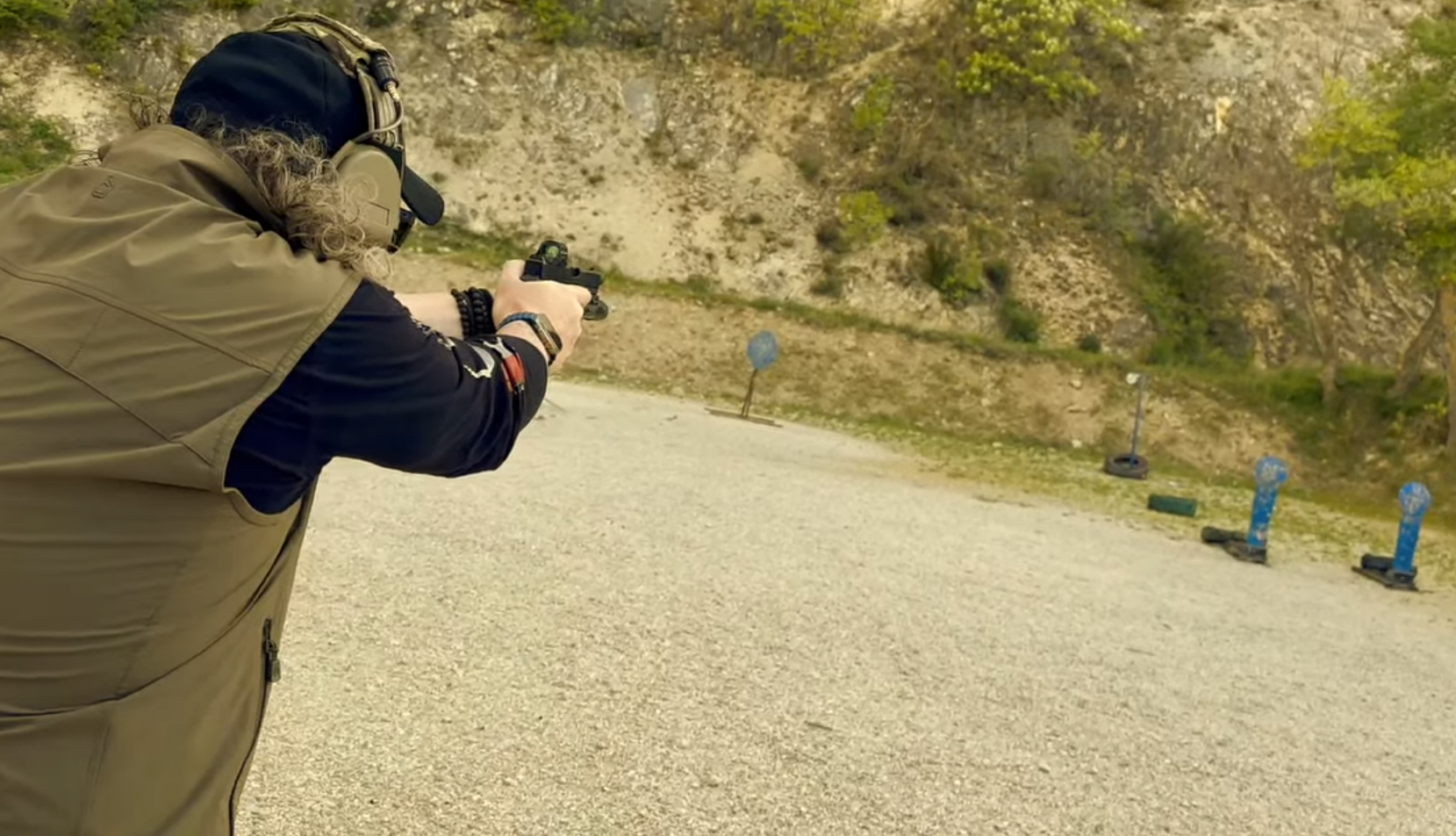ROAR ( Rapid Open-Angle Rotations )
Let’s go back to talking about one of the most important cornerstones of shooting biomechanics, namely that of ROAR (Rapid Open-Angle Rotations). This time in this drill, however, we have also included another fundamental dynamic, that of the ability to quickly focus on two elements at different distances (one near and one far). Not only that, but this drill is also useful for speeding up and improving the alignment of the two main axes: the Upper or FOCAL one and the lower Chest-Target or BIOMECHANICAL Axis. Specifically, we quickly align the lower axis (chest-target) to the closest element, while we dedicate the upper axis, the focal one, to the farthest element.
Rapid Rotations with Open Angle
The technical index of the drill is to learn to absorb and discharge the energy that is acquired and developed during the rotation movement which, if it were not discharged, would transform into inertia, generating what is called the DRIFT effect. The consequence of the drift is mainly the target override or in general the loss of the alignment of the focal axis and therefore the loss of accuracy and effectiveness on the target.
To absorb and discharge energy during rapid open-angle rotations there are only two ways, the first is a static rotation in which the Pivot is used to discharge the energy to the ground, the second is a dynamic rotation in which we do a step. In the STEP option for the feet are used as a reference element and the lower body as a cushioning and unloading element.
Fast Double Focal Adjustment
The technical index of the exercise is the ability to quickly focus on two elements that are at different distances in our field of view, one close and one further away. As I have already said, this is also one of those that are defined as fundamental Visual Abilities. However, when we have to relate this type of ability to shooting, we must remember that the elements to be correlated are no longer just the initial two and the difference in distance is no longer the only or main problem that I will have to face. In fact, if I have to engage 2 targets at different distances, it will no longer be enough for me to have a quick focus on just the two elements. In terms of focusing indeed I have also to manage other elements such as the sights or the Red Dot and I have to quickly find an alignment between my main axes and the targets. I must also consider that the two elements (targets) could be dynamic and move within my field of vision or have trajectories that go from inside to outside my FOV ( Field of View ).
The solution to obtain rapid alignment of the axes is offered to us by the biomechanics of shooting through the creation of sequences of movements that must be : clean and smooth in terms of Technique, stable and perfectly identical rep after rep. We start from the fundamental transition, the Draw, once that sequence has been stabilized, we move on to the sequences in which we begin to move the muzzle and the front sight of our platform while maintaining the alignment. Once the lateral sequences have been stabilized, we move on to the intermittent sequences, where the alignment breaks after each target and is quickly found again in the next target.



